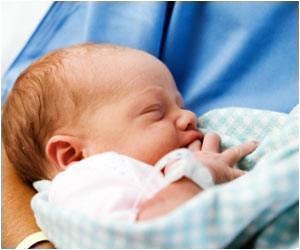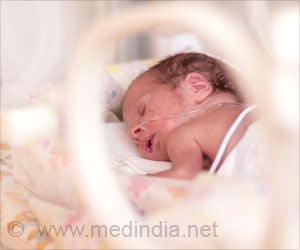It can be quite difficult for a doctor to determine whether his patient is in need of an emergency appendectomy or not.
It can be quite difficult for a doctor to determine whether his patient is in need of an emergency appendectomy or not.
A 5-year-old with abdominal pain, nausea and fever may have appendicitis or any of a number of other problems. But how does the child’s doctor decide whether to schedule an emergency appendectomy to surgically remove a presumably inflamed appendix — a procedure that carries its own risks like any surgery — or wait and observe what could be a ticking time bomb that could rupture and kill the patient in a matter of hours? It’s a classic physician’s dilemma, but a new study led by the Johns Hopkins Children’s Center may ease the pediatrician’s problem-solving and parents’ anxiety.Reporting on their review of the frequency of the most common symptoms of actual appendicitis in children, the researchers concluded that beyond fever, the most telltale signs are “rebound” tenderness or pain that occurs after pressure is removed abruptly from the lower right part of the abdomen; abdominal pain that starts around the belly button and migrates down and to the right; and an elevated white blood cell count (10,000 or more per microliter), which is a marker of infection in the body.
Notably, loss of appetite, nausea and vomiting, hallmark appendicitis symptoms in adults, were NOT predictive of appendicitis in children.
“These signs don’t give you an absolute diagnosis, but they should prompt the doctor to refer the child to a surgeon for evaluation,” said study lead author David Bundy, M.D., M.P.H., a pediatrician at the Johns Hopkins Children’s Center.
Appendicitis is most common in teens and young adults in their early 20s. However, children younger than 4 years are at the highest risk for a rupture. Up to 80 percent of appendicitis cases in this age group end in rupture, partly because young children have fewer of the classic symptoms of nausea, vomiting and pain localized in the lower right portion of the abdomen than do teenagers and young adults, making the diagnosis easy to miss or delay.
In the study report, published in the July 25 issue of the Journal of the American Medical Association, the researchers said ultrasound and CT scan images can be helpful, but are not always conclusive, even if they are available on an emergency basis. And CT scans in particular expose young children to radiation, which should be avoided if possible.
The appendix is a small tube extending from the large intestine, and infections and inflammation of the organ can be dangerous. The only absolute way to diagnose the condition is surgery, and each year, appendicitis sends 77,000 American children to the hospital. An estimated one-third of them suffer a ruptured appendix, a life-threatening complication, before they reach the OR.
Abdominal pain in children is one of the most common and vaguest symptoms, and can suggest anything from innocent constipation to serious infections or blockages of the intestines. Doctors advise parents that any abdominal pain should be evaluated for appendicitis.
“We really want parents to keep in mind that children with appendicitis don’t always show up with the classic story that we see in adults,” Bundy says. “There isn’t a perfect formula, but we think the signs we’ve identified can help.”
Source-Eurekalert
LIN/B
 MEDINDIA
MEDINDIA
 Email
Email






